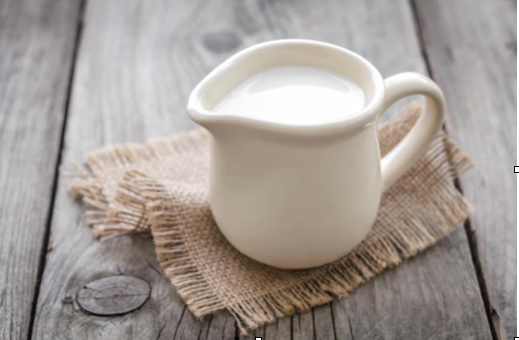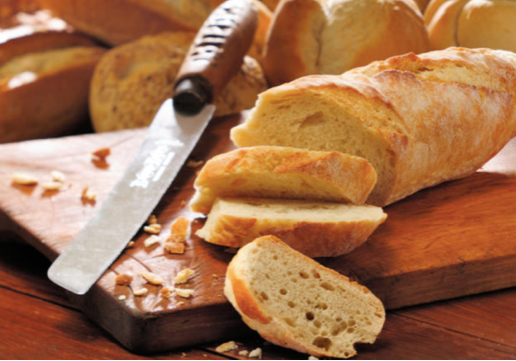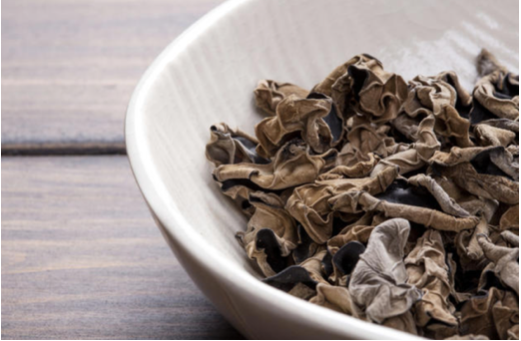What do you know about the water content in food?
- Zakery Lee
- 2016年6月8日
- 讀畢需時 3 分鐘

Compared to other ingredients, water plays significant roles in two important aspects. Firstly, it is a very cheap, it even can be seen as the cheapest of food materials. Secondly, how much water food contains can affect the quality of product directly.
Whether you have noticed or not, water is actually an important ingredient in food. It plays a key role in the process of food production and preservation. In fact, from the perspective of the modern food industry, what we do every day deals with water.
It is not hard to understand the first aspect. Because of the cheaper price of water, every manufacturer wants to add as much water as possible. By doing so, the cheapest raw material can be sold at the same price with normal products, so it is a cost-effective way of trading! Mixing milk with water and injecting water into pork or beef are some typical cases although it is illegal.
When it comes to the second part, it may be slightly more complicated to understand. Water plays many other roles in food at the same time. On the one hand, changes in water content can affect the texture and taste of food directly. For example, compared to when they have just been baked, baguettes are much more unpalatable on the second day. The main reason is that the amount of water in them has changed. On the other hand, microbial growth and reproduction can’t be processed without the presence of water, as water itself can lead to or participate in some chemical reactions.

Water is the source of life – ‘life’ here doesn’t only mean human beings’ lives, but also a variety of microorganisms which make food go bad. If the moisture content of food is too high, the food itself will be easy to spoil. The impact of water on food preservation has been known about for thousands of years. A long time ago, farmers would dry their newly harvested grains first and then preserve them using solar energy. However in modern industrial society the situation is different. Businessmen have to consider the following things: if the grains are too dry, they will cost more, but sell less water (in grains) at the same time. Therefore, they gathered a group of scientists to study the optimal amount of water food should contain to make it more conductive to being stored.
After researching the relationship between water content in food and the growth & production of microorganisms, they were surprised to find that there is no relation between them. Some food with high water content does not breed bacteria easily, while some food with relatively low water content is still very perishable. It was not until 1953 that the Australian William James Scott noticed that microbial growth is not only related to the water content of the food, but water activity as well.
The water activity in the majority of fresh food is nearly 1, therefore it is very easy to rot. Although the discovery of water activity is quite recent, in the past people have used water activity for saving food consciously or unconsciously according to accumulated experience.
Dehydration is an effective method for reducing water activity. Removing the moisture in food can not only extend the expiration date of food but also can reduce transportation costs. After all, water is cheap but very heavy. It would be better to dehydrate and add water to restore when needed rather than transport the large amount of water in food, like milk powder and dried fungus.

Salting and sugaring is another way to reduce water activity. The water activity of saturated saline water is 0.75. With this water activity, the growth and reproduction of most microorganisms is difficult. In fact, things that we eat like pickles, bacon and candied fruit have taken advantage of this principle.
In addition, freezing is a common method used to reduce water activity. After the water turns into ice, microorganisms cannot grow and reproduce and many chemical reactions are stopped due to the lack of water. This is also why frozen food can be stored for a long time without deterioration.
There is no doubt that water activity is not a perfect solution. Nowadays many foods have different textures inside and outside where water cannot reach equilibrium, like chicken which is “cooked outside and tender inside”. The chicken skin is very dry, but the inside is tender and juicy. How to measure the water activity of this kind of food is a big problem – because this determination process needs to reach moisture equilibrium environment as a whole. There are lots of foods where we can’t change the water activity because it would affect the inherent taste of the food. For this type of food, we need to rely on pasteurisation, suitable packaging materials and appropriate food additives to extend the expiration date.






















留言